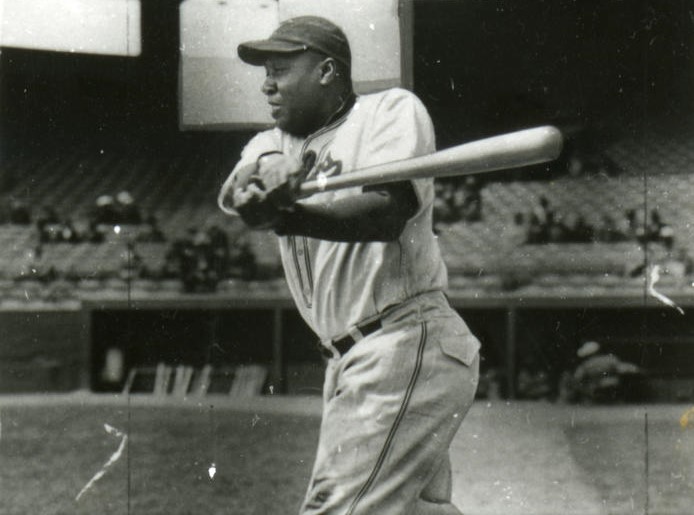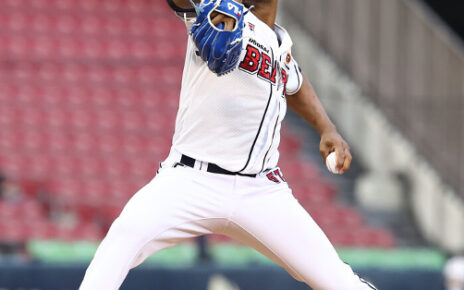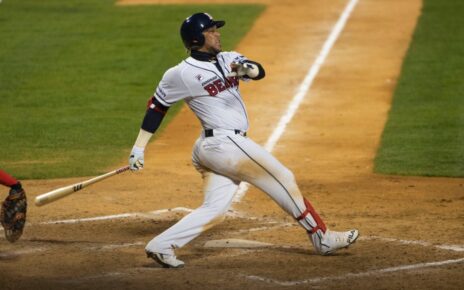I’ve always known who Mule Suttles was, but I never really understood what made Suttles special. It’s not that I hadn’t looked into Suttles or anything like that, rather it’s that some other player always caught my eye. I’ve spent years looking into one Negro Leagues player after another and there have been plenty of times when Suttles was supposed to be that player and I ended up writing about someone else. In a way, that sort of subtle disrespect is a good representation of how Suttles was treated throughout his career.
To be clear, I have been wrong to overlook Suttles as long as I have. The conglomeration of Negro Leagues researchers have been wrong to not give him as much due as the larger names in the respective leagues’ history, and those covering the Negro Leagues at the time were wrong for taking what Suttles was doing on the baseball field for granted. I’m not entirely sure how a member of the National Baseball Hall of Fame and one of the best hitters the sport of baseball has ever seen still remains so tragically overlooked, yet that is the case with Suttles.
When it comes to Suttles’ accomplishments 1926 is the year that first springs to mind. That season Suttles was a beast among men, smacking the tar out of the baseball on a regular basis. He was the main cog in a great St. Louis Stars ballclub and was a part of an intense year-long (well half-season long and then half-season long again) pennant race in the Negro National League. Ultimately the Stars came up short in both halves and had to watch while the Chicago American Giants and Kansas City Monarchs met in the playoffs to determine the best in the league. Thus a great team was virtually forgotten and one of the best seasons in the history of the NNL was glossed over.
For the 1926 season, Suttles had 397 plate appearances and slashed .425/.472/.877 (which won him the triple crown). He smashed 32 home runs, 28 doubles, and 19 triples. He also walked 31 times and even stole 15 bases. Add it all together and he had an OPS+ of 215 and an sWAR of 4.5. His wOBA of .560 was 184 percentage points better than the league average. The Alabama native’s ISO came in at an astonishing .453 and an even more amazing 315 percentage points better than the league average. Keep in mind, the NNL in 1926 was a great league that featured the likes of Turkey Stearnes, Willie Wells, Cool Papa Bell, Cristóbal Torriente, and others.
It doesn’t matter who you name as having played in the NNL in 1926, Suttles lapped them in terms of offensive production. In the history of professional baseball at the major league level, there haven’t been that many seasons better than what Suttles put together in 1926. The only thing holding the Mule back was his fielding, and even then it’s unclear how accurate the reports or numbers are of his below-average job done tending to left field and first base. By all accounts, Suttles simply did not have the side-to-side range to play either position all that adeptly. Still, when you’re completely obliterating the league with your bat I’m not sure it matters all that much if you’re slightly below average as a fielder. Suttles had one of the best offensive seasons in the history of the game, that’s what mattered the most.
As is par for the course with Suttles his 1926 season was overshadowed by other teams and other far flashier players. That’s generally what happened to Suttles throughout his career. He kept producing mammoth offensive totals and winning but most of the time he found the glory going to someone with more of an outgoing personality or to teams that just edged his own team out and were among some of the greatest in the history of baseball. We know that Mule Suttles is one of the greatest to ever play the game, history has made it where his prominence in the sport of baseball can’t be truly overshadowed, though it certainly seems like he’s still not getting his due.
Lead photo courtesy of Unknown – Unknown




